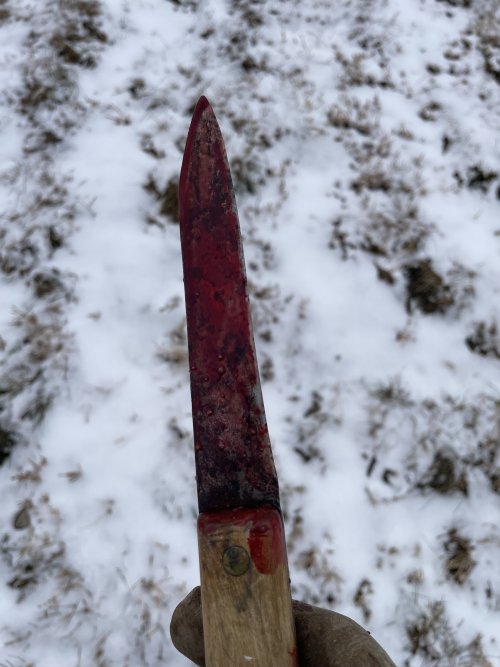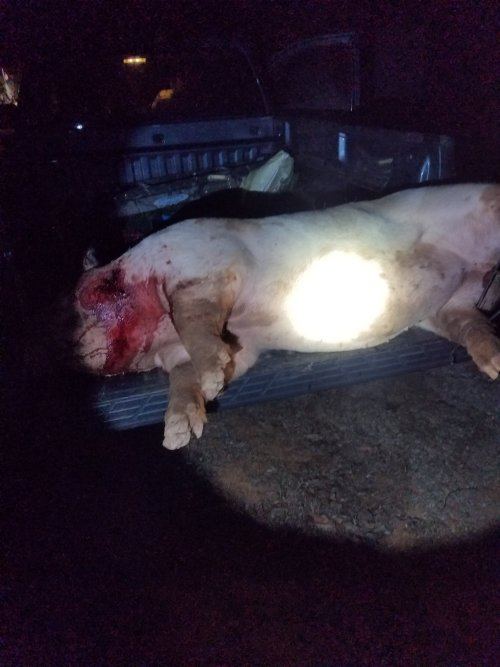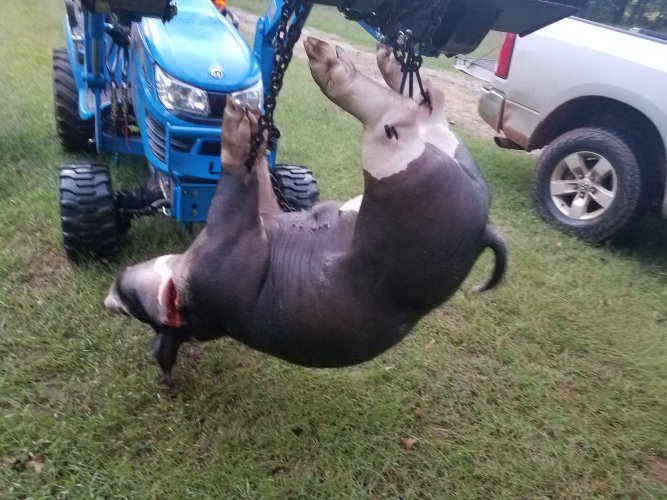ImBillT
Well-known member
- Joined
- Oct 29, 2018
- Messages
- 3,976
I think personally that I would be considering a 30-30 or .357mag rather than a .22 just for the xtra assurance. That said, my grandpa slaughtered and butchered hogs as a teenager at the children’s home that he grew up in(late 1930’s) and he says a 22lr is all they ever used and it would kill anything. Coincidentally, my wife’s parents work at a children’s home, and they received some donated hogs while we were visiting. One of the employees took all the boys and any girls who wanted to watch to see him dispatch the hogs. He used a .22lr, and shot them either between the eyes or behind the ear. All dropped instantly.
I would prefer more just in case I missed the perfect spot. I also would not know if it would be enough for a cow.
I would prefer more just in case I missed the perfect spot. I also would not know if it would be enough for a cow.
Last edited:







